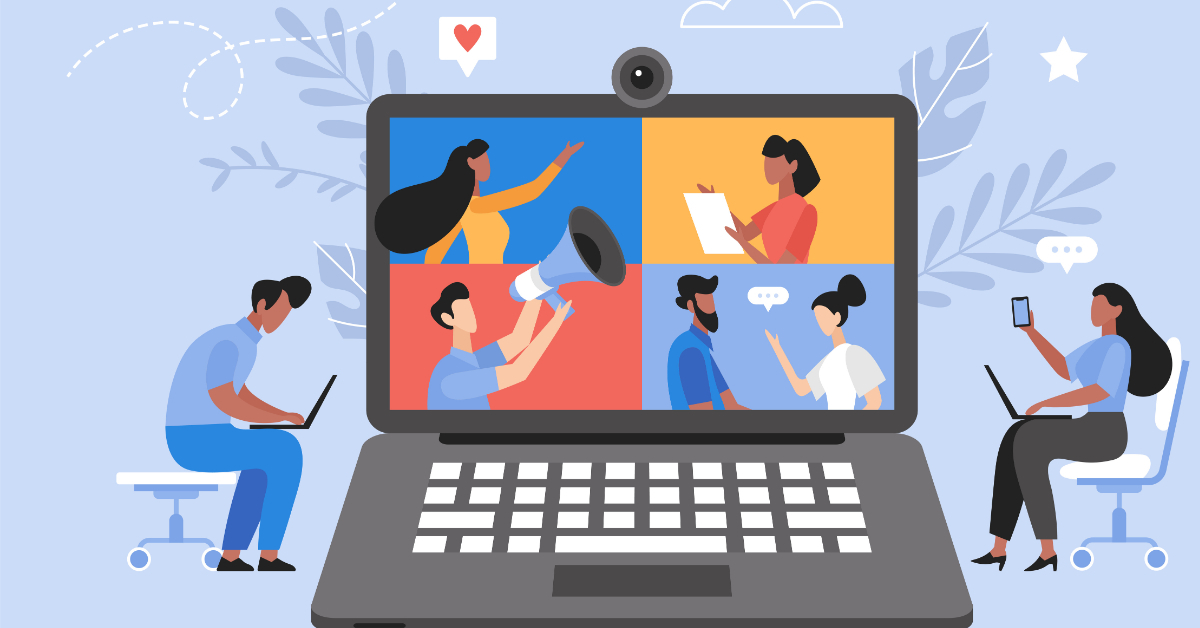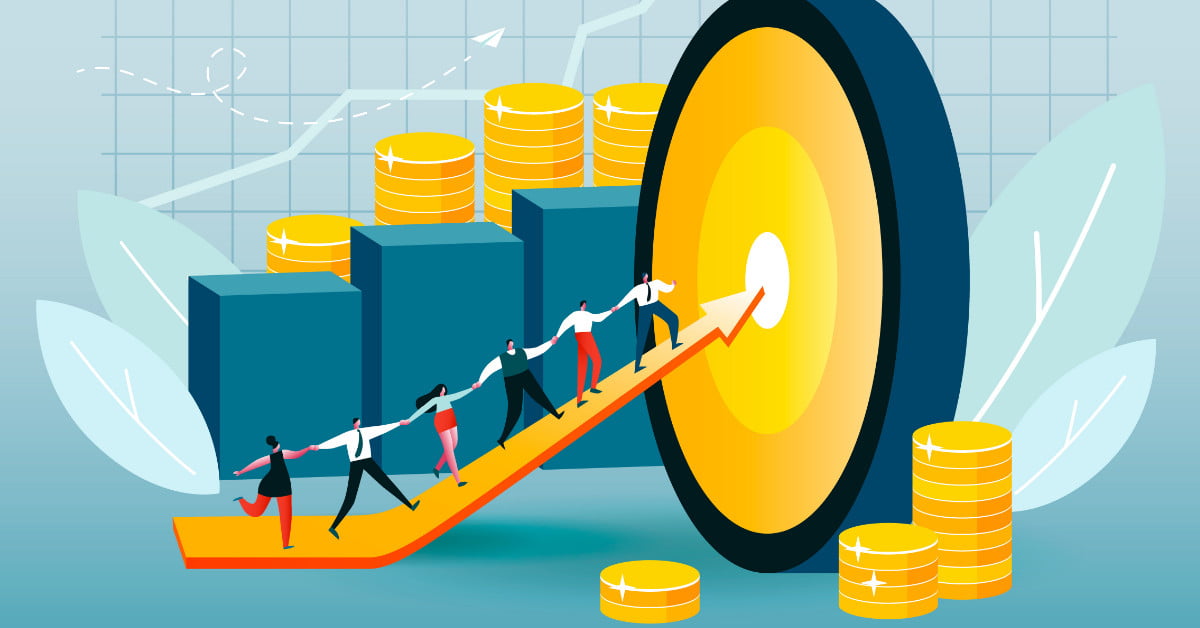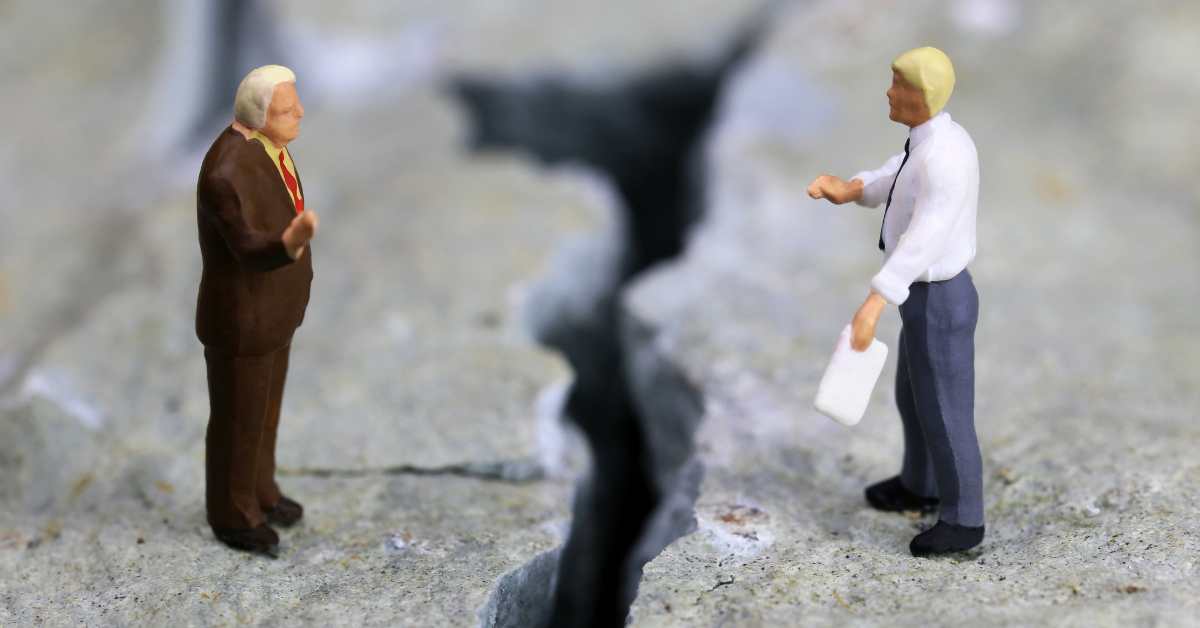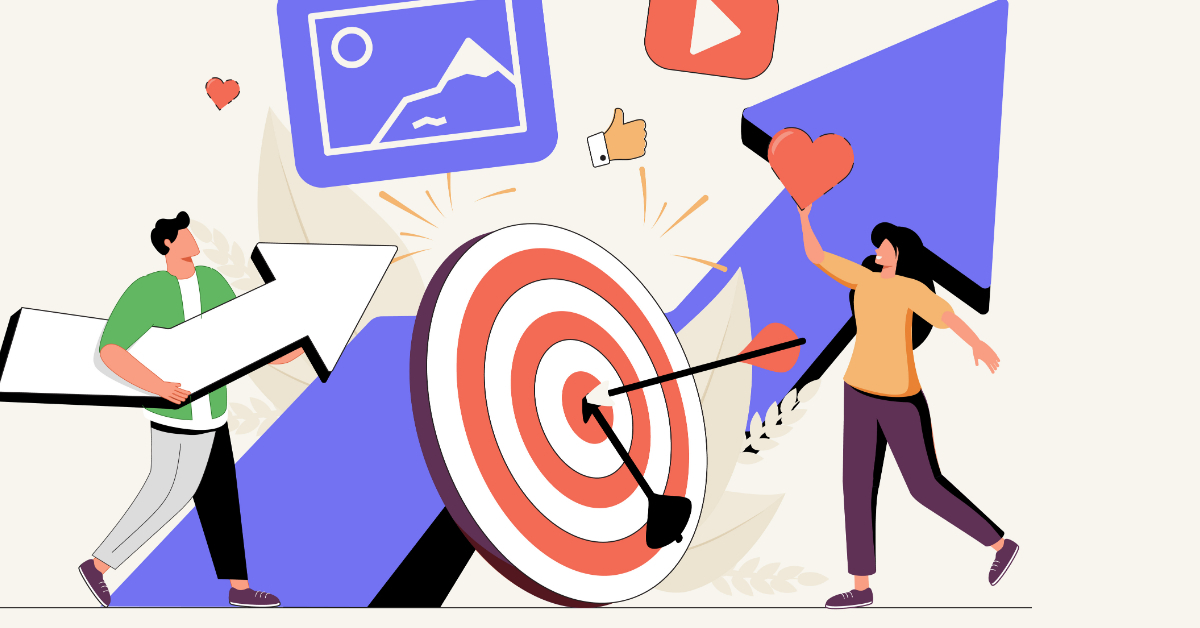At the beginning of September, most of our senior leadership team made the big trip to Boston to attend INBOUND 2022 in person. This was a massively exciting prospect given that during the previous 2 years, INBOUND was an online only event due to the COVID circumstances.
This years event was (to no ones surprise) a massive affair. With thought leaders from across the globe, community group meet-ups, after hours entertainment and food trucks galore, INBOUND 2022 left nothing to be desired.
And as much as we want to, it would be simply impossible to relay every morsel of valuable information we gained from attending the INBOUND event to you. So instead, we've opted for sharing the session that we deemed most impactful.
You'll get to read about the different consumer trends that are affecting your business and the ways in which you can adapt your business processes so that they adhere to these trends rather than work against them.
Ready?
Let's get into it.
What's Next: The “Seller Free Economy”—And the Future of Sales and Marketing as We Know It with Marcus Sheridan
Marcus Sheridan is an international keynote speaker on digital sales and marketing as well as the author of the book 'They Ask, You Answer' which has been recognised by Forbes as 1 of "11 books every marketer should read."
Sheridan's session was about preparing for the seller free economy. He discussed 3 current trends that are massively affecting businesses today and followed up with how businesses should be evolving with these trends so that they are prepared for the seller free economy.
If you aren't entirely sure what we mean when we say the seller free economy, don't worry, it's explained later on.
The consumer trends that are affecting your business:
1. Recent B2B studies show that buyers are now 80% through the sales process before they actually talk to a sales person.
It's quite common for sales people see themselves as the main component of the sales process (or as Sheridan says, the buyers journey). Which, when taking into account the above trend is, to be frank, delusional. How can you be the star of the buyers journey when you're only contributing to 20% of that process? It's no surprise that businesses have alignment issues and that marketing departments are always understaffed and under resourced. Of course these are common occurrences when the importance of marketing in the B2B buyers journey is lost on decision makers whilst sales teams are operating like the world never experienced a pandemic (more on that later). The number in this trend will only increase over time, meaning that businesses can either adjust to the market trends or be pushed out of the market all together.
Source: Google
2. 33% of all buyers would prefer to have a “seller free” buyer journey (this number is even higher for millennials).
A seller free or rep free experience refers to an experience whereby the customer doesn't have to engage with a sales person. This means that 1 in every 3 individuals would prefer to not engage with a sales person during their buyers journey. When first being confronted with this trend, one could be forgiven for seeing at as a real negative. After all, when a sales person considers themselves the most important facet of the sales process and is then told that 1 in 3 customers do not want to engage with them - of course it doesn't immediately translate into a positive. However, the question Sheridan posed, is how can businesses take advantage of this trend? What can businesses do to mitigate the losses that would be brought about as a result of this consumer trend?
Source: Gartner
3. More than three quarters of buyers say they now prefer digital self serve or remote human engagement over face to face interactions → this has steadily intensified even after lockdowns have ended
This trend is massive for sales teams. Does your business know about this? Are your sales and marketing teams talking about this? Many businesses have gone back to selling the way they did before the COVID pandemic happened. When they dictate a time and a place for in person meetings as though company decision makers have the time or even the inclination to give up the amount of their time required to engage in this way. This cannot continue. The buyer is in control. Businesses need to let go of the idea that they're in control of the buyer's journey. It's the BUYER'S journey. Your sales team is merely a guide.
Now, when considering the aforementioned consumer trends, the best way for your sales team to do their job as a guide is to build trust with your customers. Why? Why is trust so important? Because it lasts. Will trust be relevant in 30 years? Yes. Will LinkedIn or Instagram be relevant in 30 years? We have no clue. Because platforms change, they're constantly coming and going. When businesses are built on platforms, they're built for right now. When businesses are built on principles like trust? They're built to last.
Source: McKinsey & Company
Insights about how to businesses can become a voice of trust to their customers:
1. You must be willing to talk about what others do not in your space.
Do you address the content that 90% of your industry refuses to talk about? Is that content available right now on your website? Are you part of the 10% that is brave enough to venture into taboo territory?
2. You must be willing to show that which no one else is willing to show in your space - specifically through video.
There is no secret recipe. Be open. Be honest. Don't be a gatekeeper. Customers don't respect or trust gatekeepers.
3. You must be willing to sell in a way that no one else is willing to sell in your space.
Have you reinvented the sales/buying process in your space? This facet of the buyers journey presents so much opportunity for your business to stand out and yet, it's seldom that we actually come across an innovative and fresh way to engage in this part of the buyers journey.
Which brings us to the next part of this discussion. When people are on your website, do they feel like they are completely in control of their buying experience? Have you designed your website experience with ease of self service in mind?
3 ways to include self service on your website:
1. Self Scheduling
Give your website visitors the control to schedule a time of their choice for a meeting with your sales reps. This could look like a "Book a time with me" CTA that allows a meeting to be booked without the customer having to engage with a sales rep first.
2. Self Selection
This refers to the process of giving visitors on your website the ability to make important decisions by you "guiding" them to a conclusion. In the same way you would question and guide a customer in an in person sales meeting, that's what you're doing on your website. They're getting the same recommendation you would usually give them, but on your website instead.
3. Self Pricing
This is a daunting prospect for a lot of businesses. If you're a B2B manufacturer that doesn't set the prices, a pricing calculator doesn't seem like a safe option to offer. However, that's not entirely true. It's not always about exactly answering the customer's question (i.e. giving an exact price), it's actually about addressing their question. Therefore, offering a price range is always better than no indication of price at all.
Sheridan continued on to discuss steps that businesses can take to aid potential customers during the 80% of the sales process that occurs before the customer meets with a sales person.
Actionable steps to future-proof your business for the seller free economy:
1. Accept today’s buyer trends as they are within your organisation. Is your sales team aware of these key trends? Do they know the numbers - that customers are 80% through the process before they talk to them?
2. Prolifically train your sales team on effective remote/video selling best practices. So many sales teams were just thrown in the deep end with this when COVID hit - this cannot happen again. They need to be trained for this mode of engagement.
3. Make self-service a major part of your customer experience (It's faster, easier and more frictionless). Don't create unnecessary hurdles that customers need to jump over to get what they want.
4. Apply the ‘They Ask, You Answer’ for that 80% of the process that you're not involved in so that your customers get their every question, worry or fear addressed on the front end before you've even met them.
5. Double down on training your sales team on how to truly become "trusted advisors" rather than just sales people. People do not want to be sold to anymore. They want to be helped and they'll only accept help from people and businesses they trust.
These are the ways in which you can begin to adapt your business processes so that you're prepared for the seller free economy. The data is here and it shows us that a seller free economy is where the world is headed. These trends are not slowing down or easing up, so we can either move with them or get moved by them.
If you're interested to learn about how we're implementing this approach in our business, click below to book a time with me!





Comments